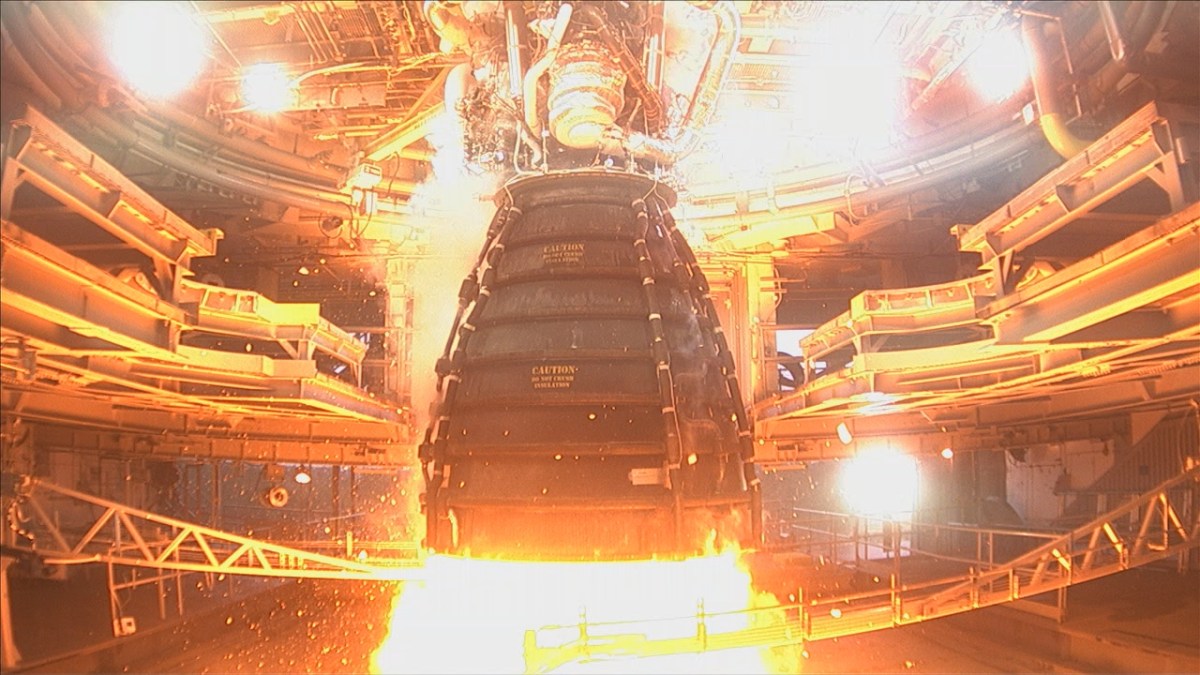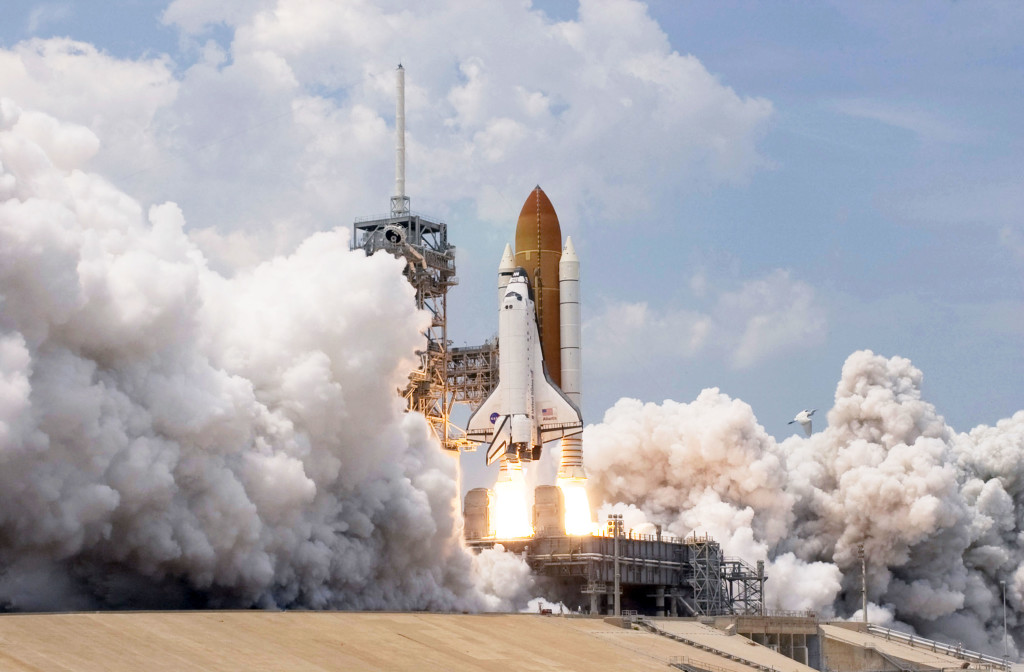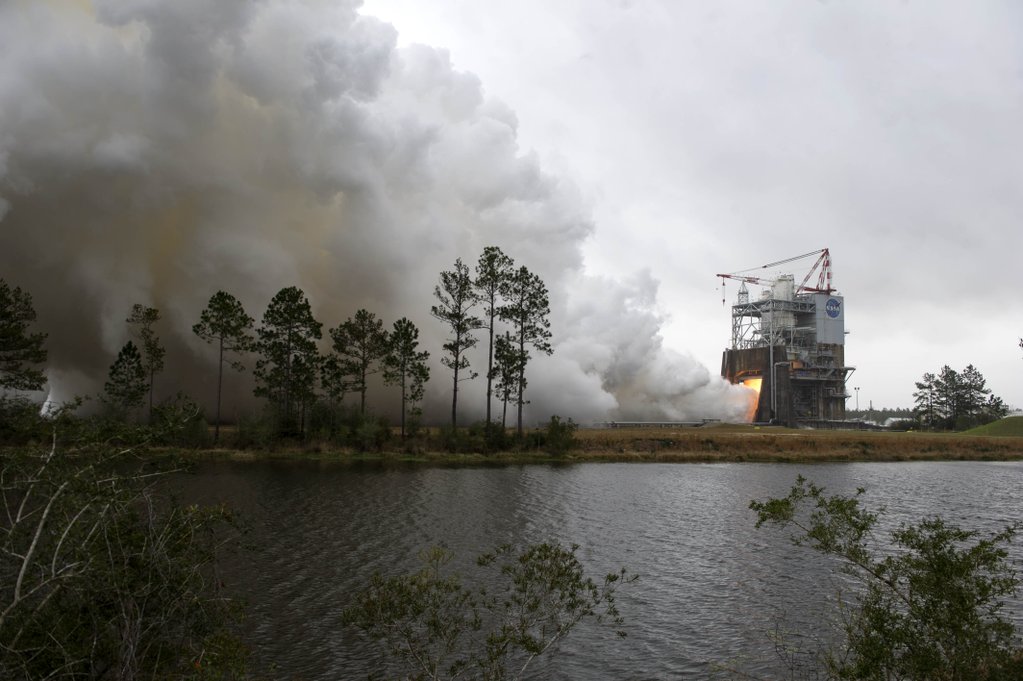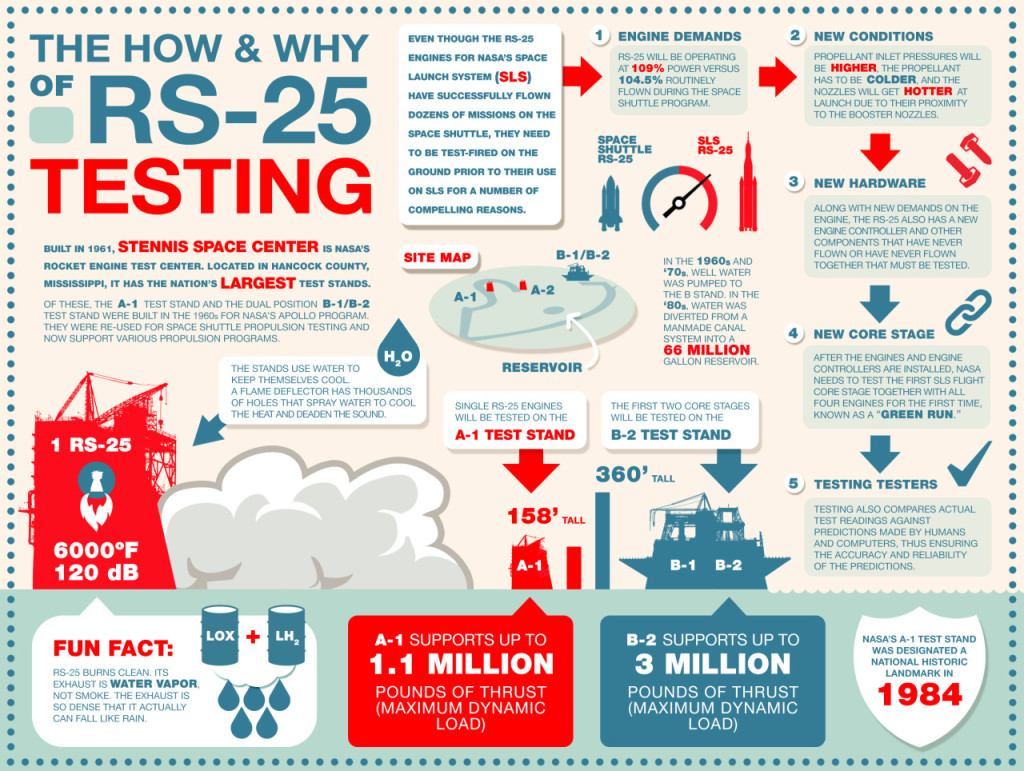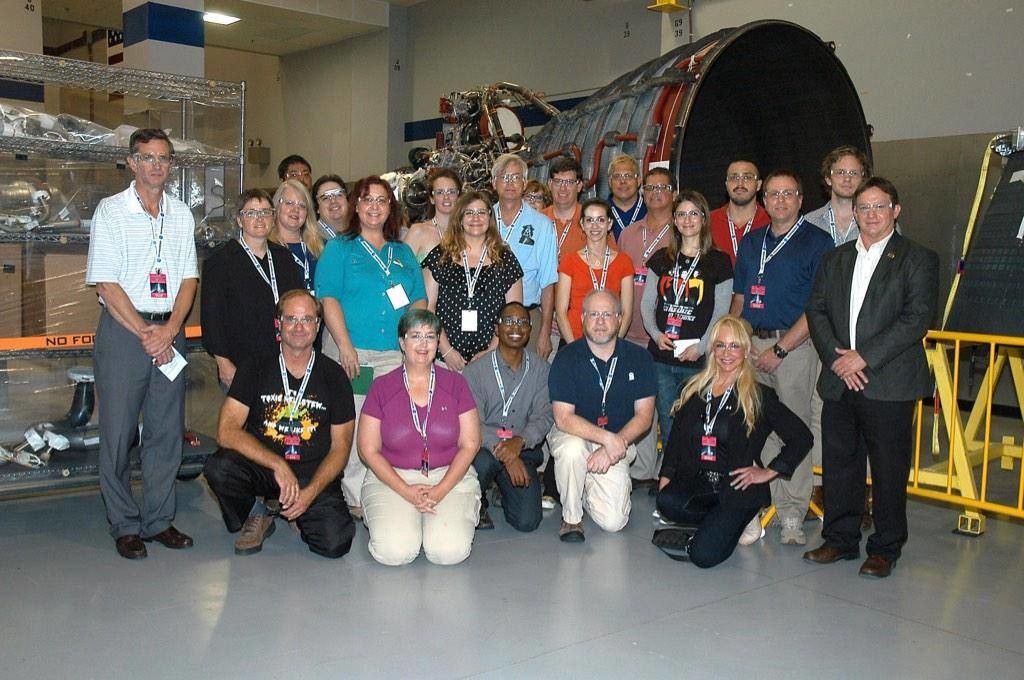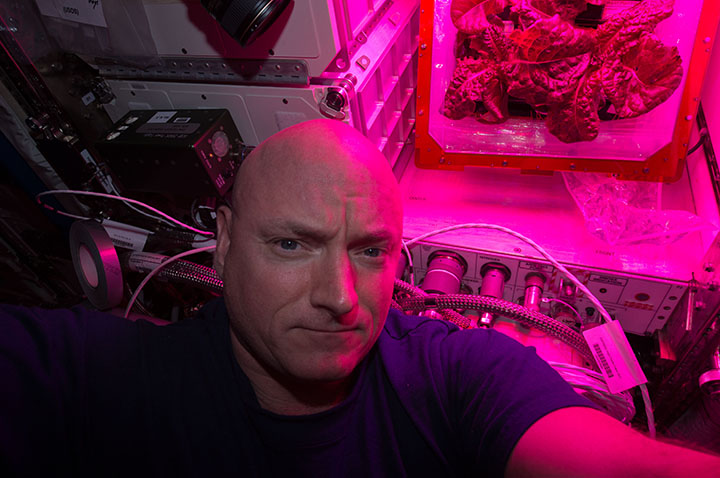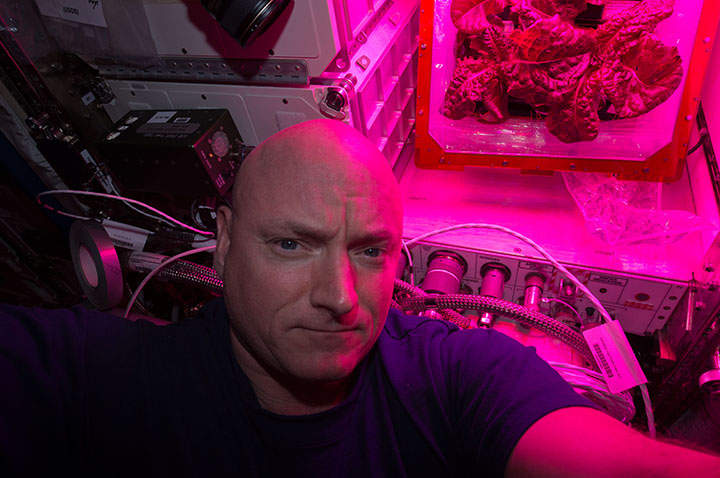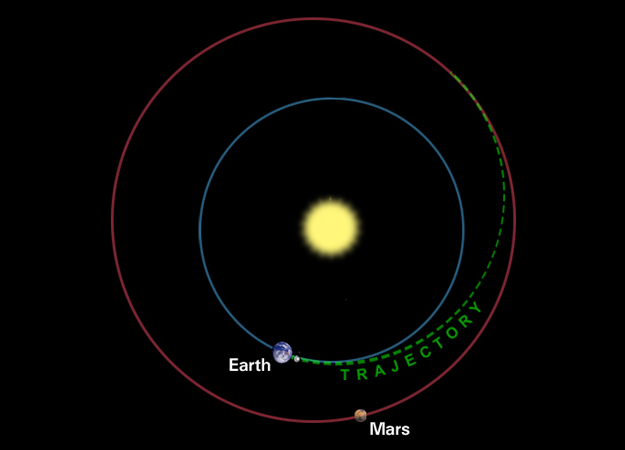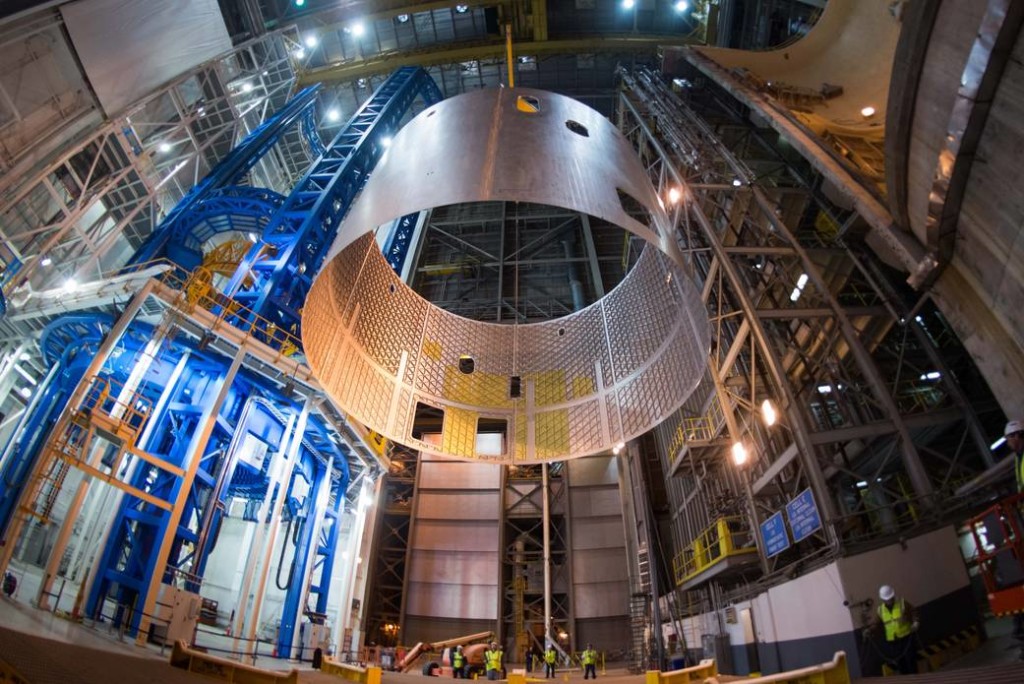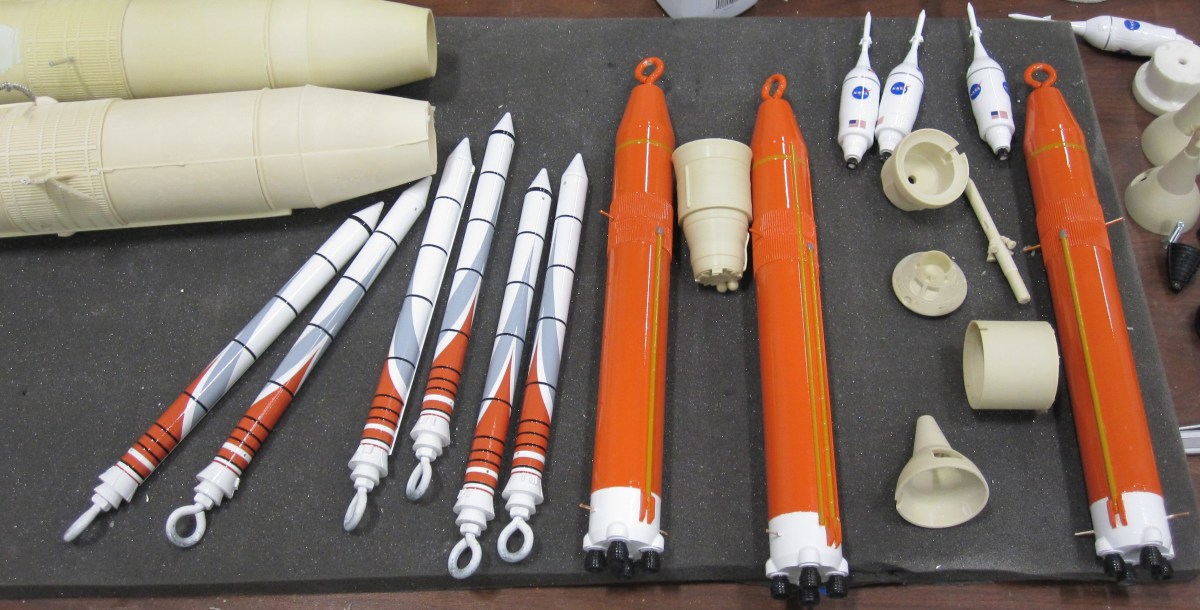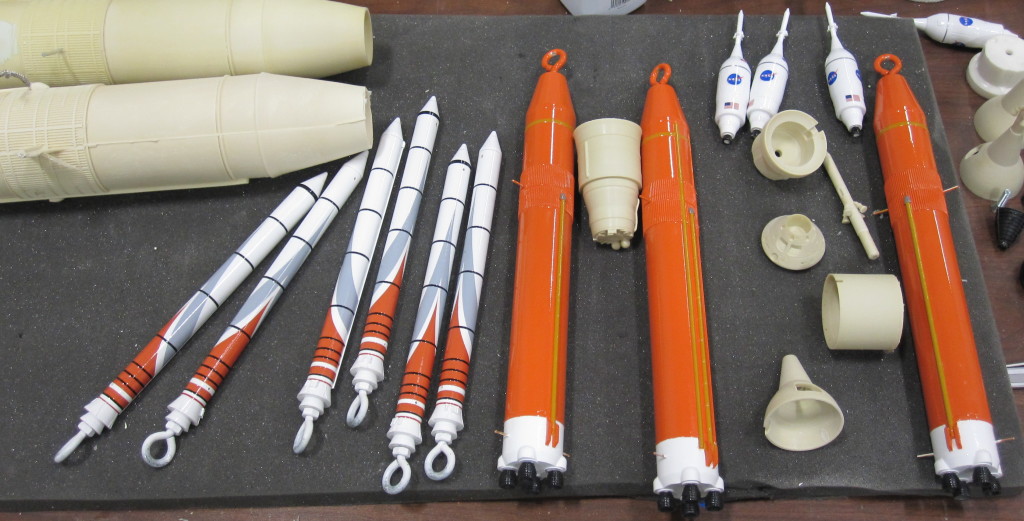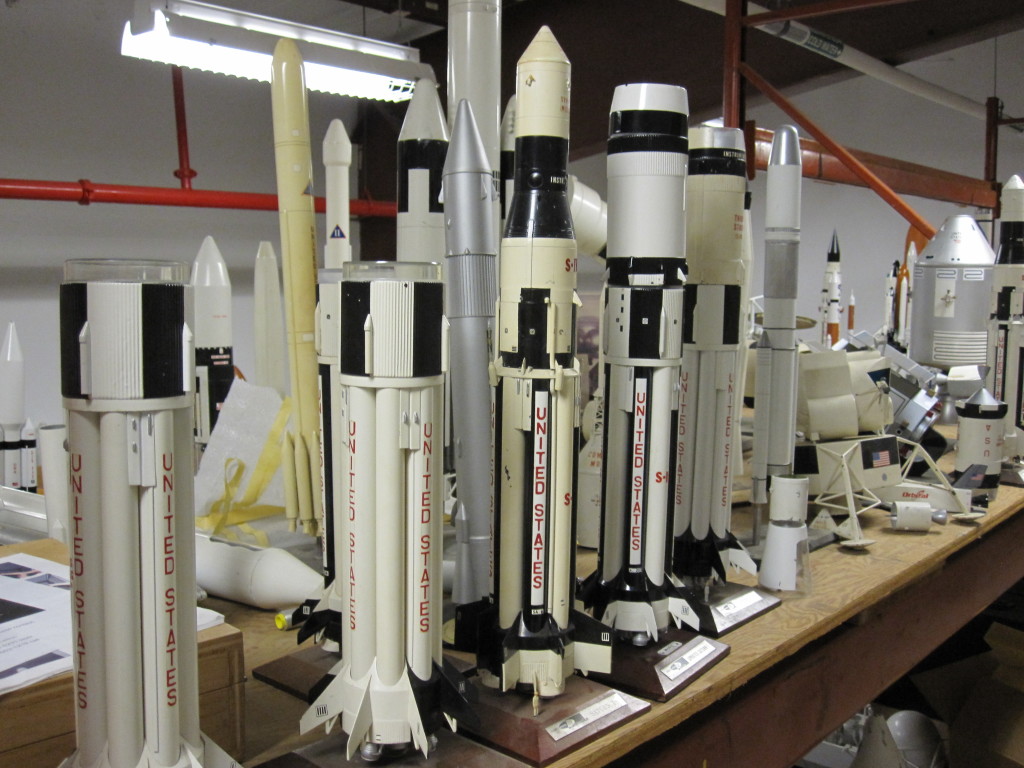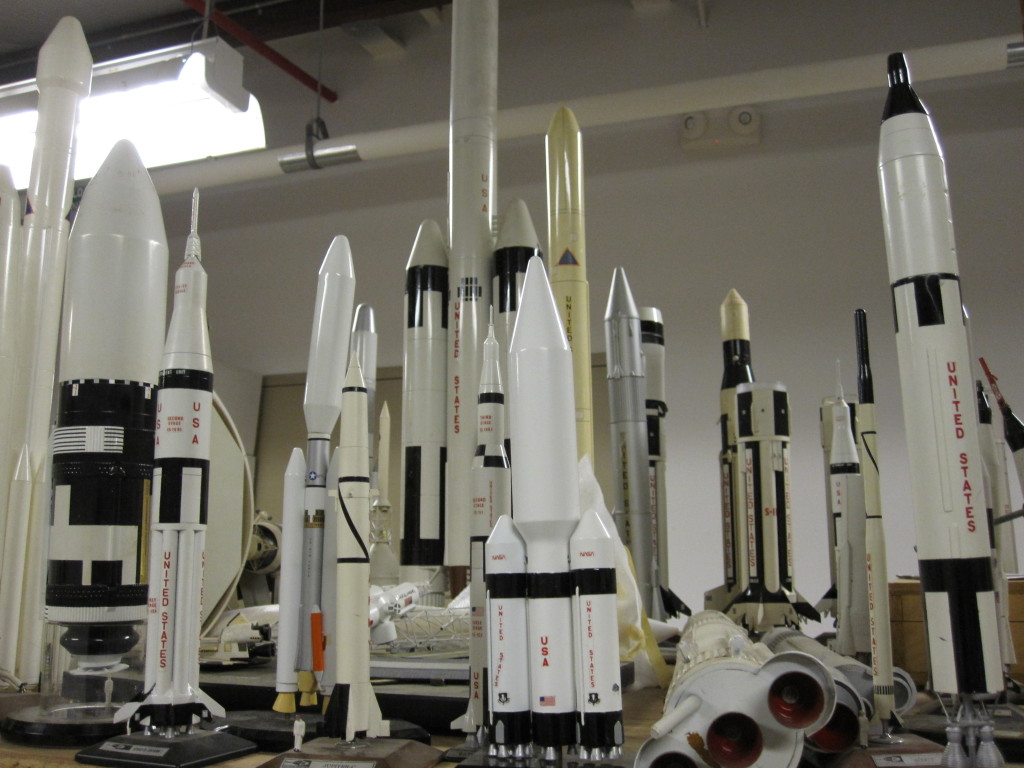By Martin Burkey
If you compared NASA’s powerful Space Launch System (SLS) rocket to a human body, the avionics and software would be the nervous system and brain that monitor the body’s condition and makes and sends decisions. Just a few of the hundreds of operations that they make include: liquid propellant flow, engine throttling, engine and booster exhaust nozzle steering, trajectory updates, receiving and sending data to the crew and ground control, and responding to off-nominal issues such as wind gusts or an engine failure.
The avionics are required to work in environments of temperature, pressure, sound, etc. that no human body – and actually few machines – could tolerate. So everything from the boxes, to the boards, to the individual processors are “ruggedized” and tested at every step in development to survive launch.
Ultimately the avionics boxes and software have to work perfectly. But how can you be sure without putting it on the world’s largest rocket and seeing how it works? That’s the focus of the Integrated Avionics Test Facility – or IATF – at NASA’s Marshall Space Flight Center, where the computer, routers, processors, power, and other black boxes and software collectively known as “avionics” are being tested in preparation for the planned 2018 first flight of SLS.
Possibly the coolest thing about the test facility is that it can create an artificial vehicle operating in an artificial world and virtually “fly” SLS hundreds of times – from pre-launch activation and checkout to liftoff to core stage separation at about 17,500 miles per hour and 100 miles in space – to test the entire avionics package.
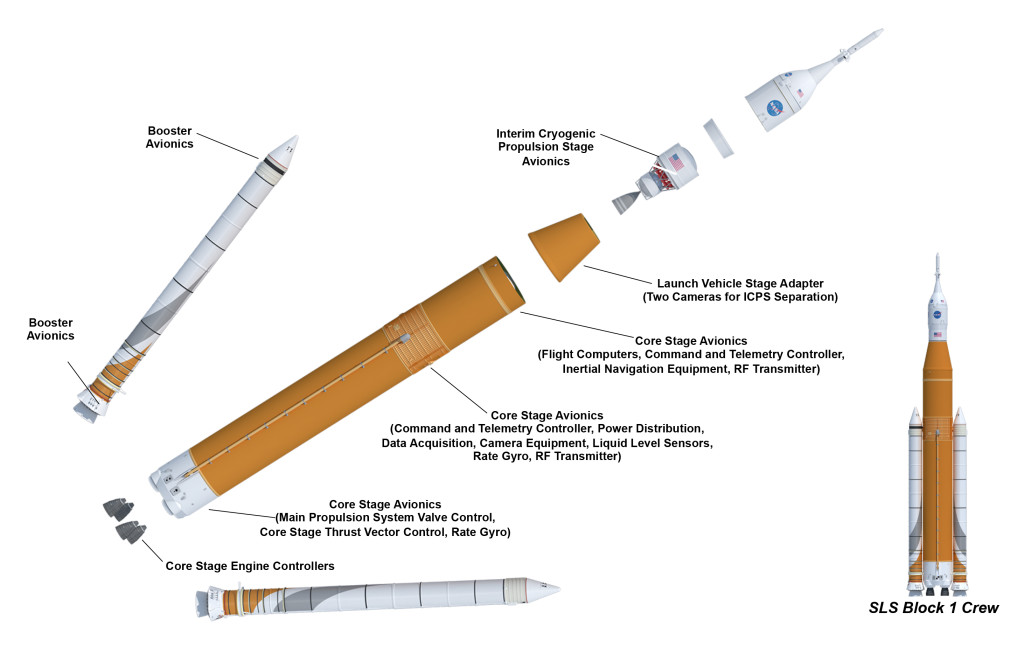
Avionics can be found all over SLS: in the booster aft skirt and forward skirt, the core stage engine controllers mounted on the engines themselves, in the core stage engine section, intertank, and forward skirt, in the launch vehicle stage adapter, and in the Interim Cryogenic Propulsion Stage. Of course, avionics for the Orion crew vehicle are also linked in to the performance of the whole vehicle. So basically top to bottom.

Inside the test facility, the vehicle avionics boxes are mounted on a semi-circular, 18-foot-tall frame in the same relative position they will be inside SLS – right down to the length of the connecting cables. Outside the frame, several large towers house the equipment for simulating the SLS “world” and running test after test.
The virtual world of SLS is created by a pair of software tools, ARTEMIS and MAESTRO. They stand for A Real-Time Environment for Modeling, Integration and Simulation (ARTEMIS) and Managed Automation Environment for Simulation, Test, and Real-Time Operations (MAESTRO). (How do engineers come up with this stuff?) ARTEMIS is a suite of computer models, simulations and hardware interfaces that simulates the SLS and its virtual “world.” For instance, it simulates the Earth’s rotation, gravity, propellant tank sloshing, vehicle bending in flight, engine and booster pressure, temperature and thrust, and weather, from hot sunny days to cold stormy nights, and inputs from the Orion crew vehicle and launch facilities. In fact, ARTEMIS has far more lines of software code than SLS itself. MAESTRO serves as the test conductor for the virtual missions. This software configures and controls test operations, sets up the external conditions, monitors the tests, and archives all test data for analysis. That’s where engineers and software writers find out if their code needs fixing or supplementing.
The actual flight avionics for SLS will never be tested in this facility – only their flight-like equivalents. The actual flight avionics will be installed directly into the core stage at the Michoud Assembly Facility in Louisiana and tested there prior to flight. The test team at Marshall can already say that they’ve flown SLS “virtually” thousands of time to help ensure that SLS flies safely on its first real mission in a couple of years.
Join in the conversation: Visit our Facebook page to comment on the post about this blog. We’d love to hear your feedback!


